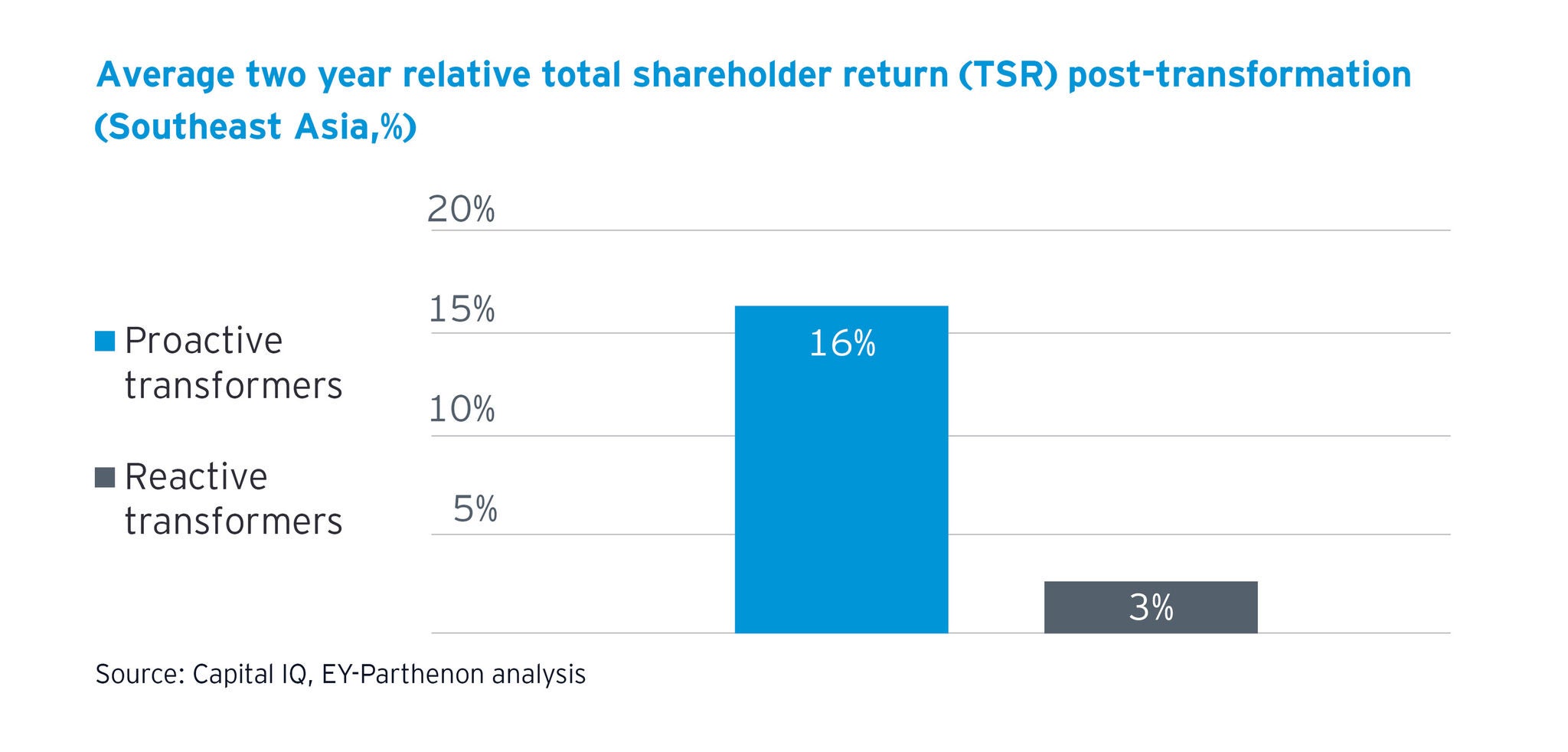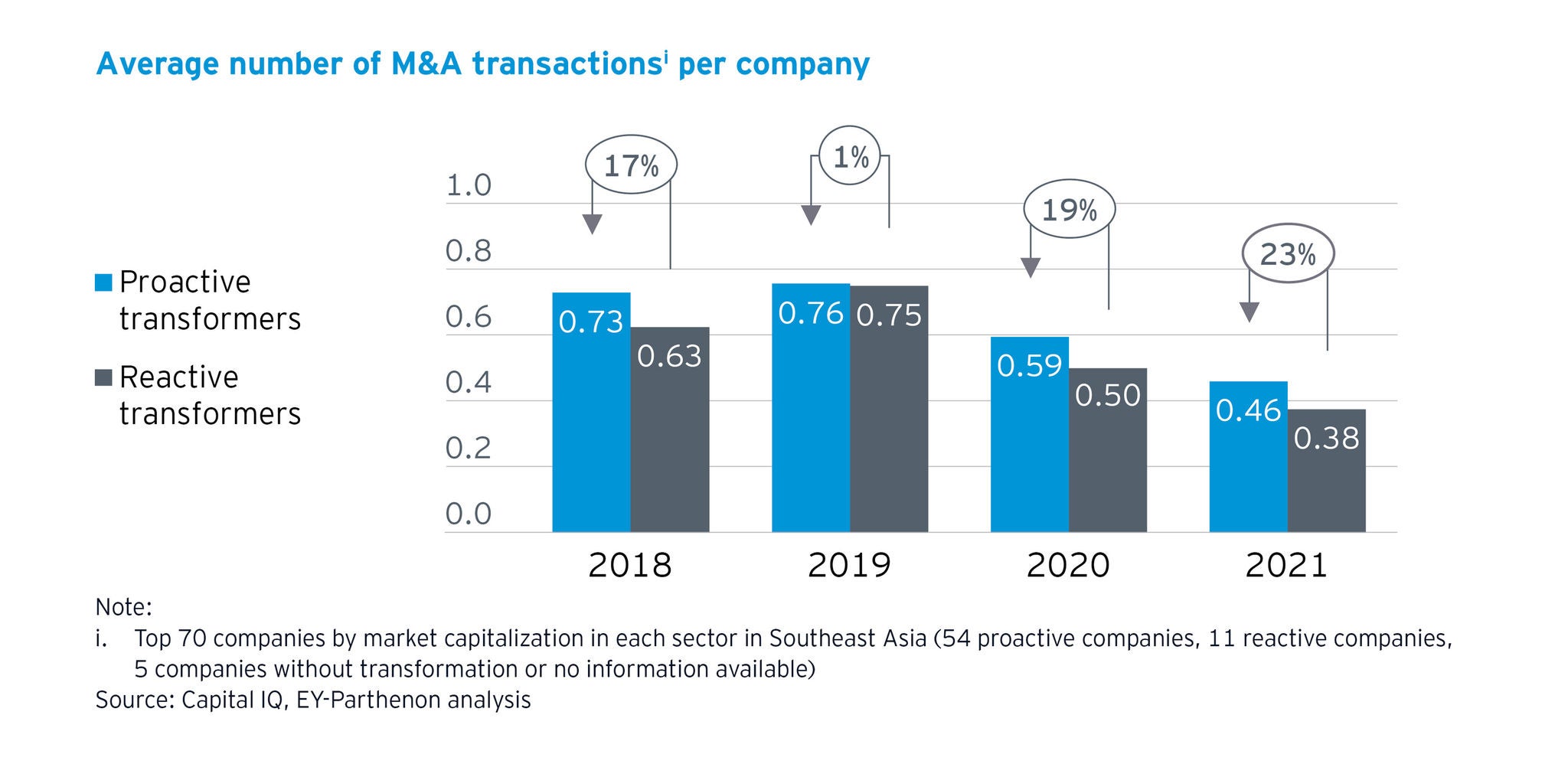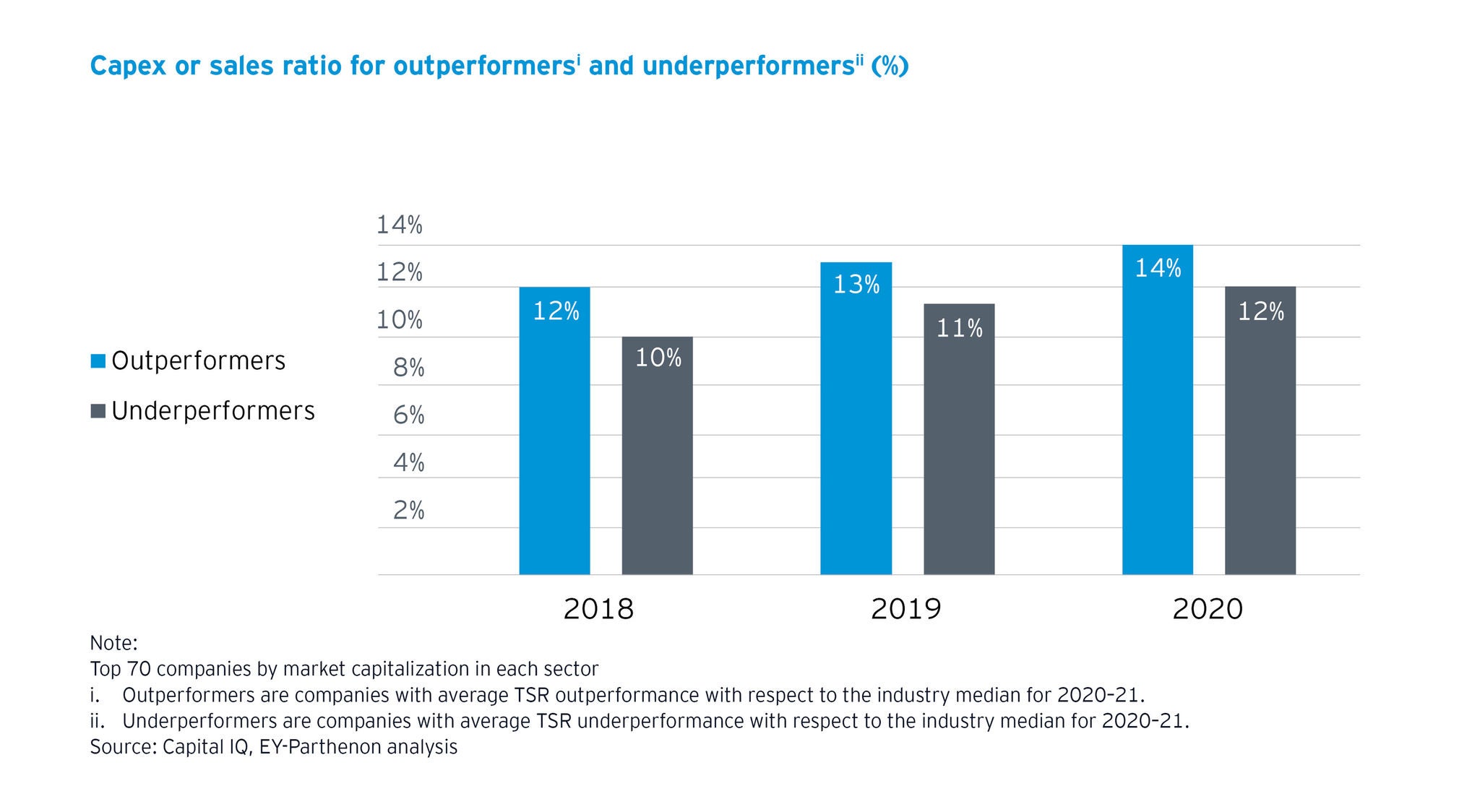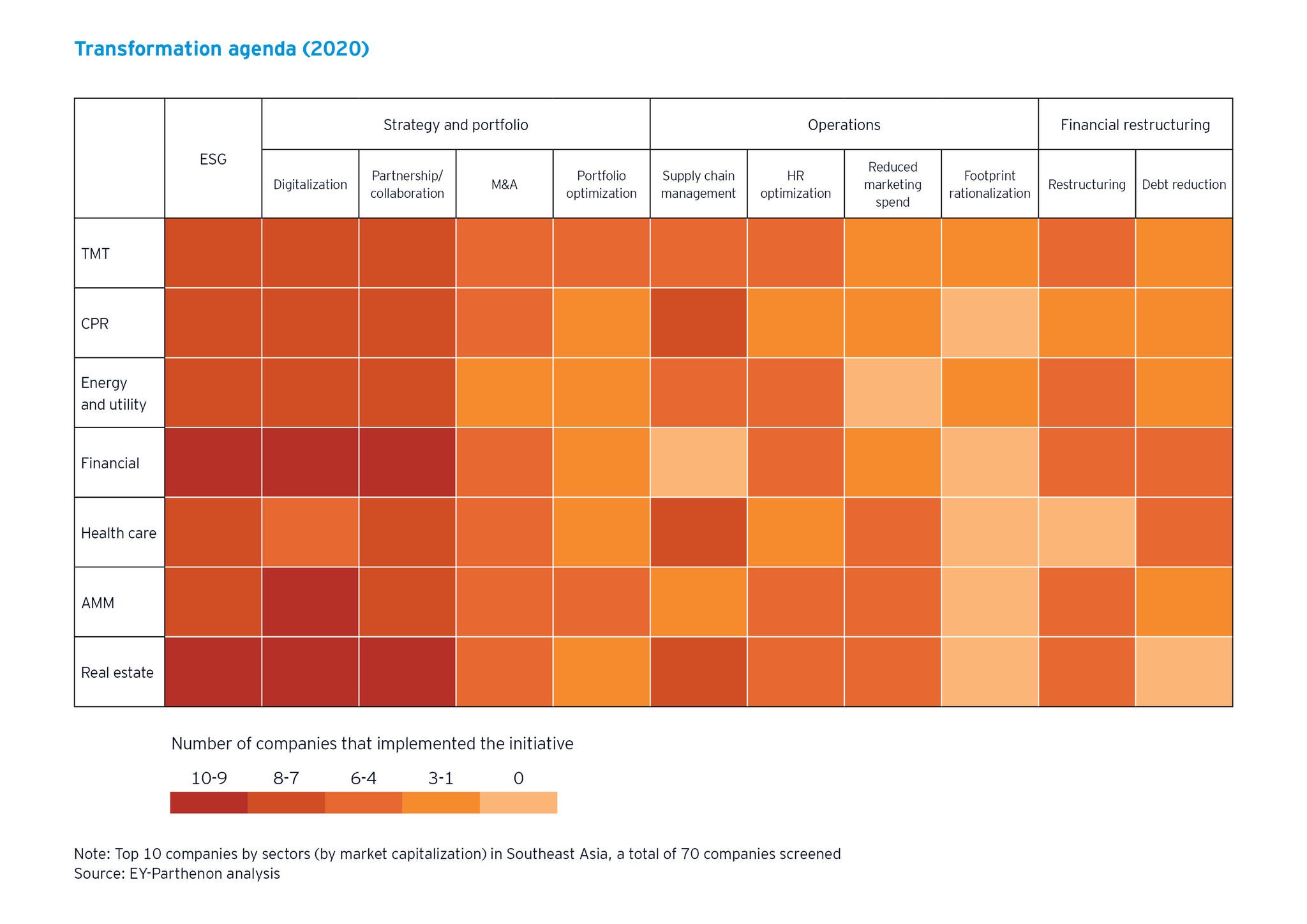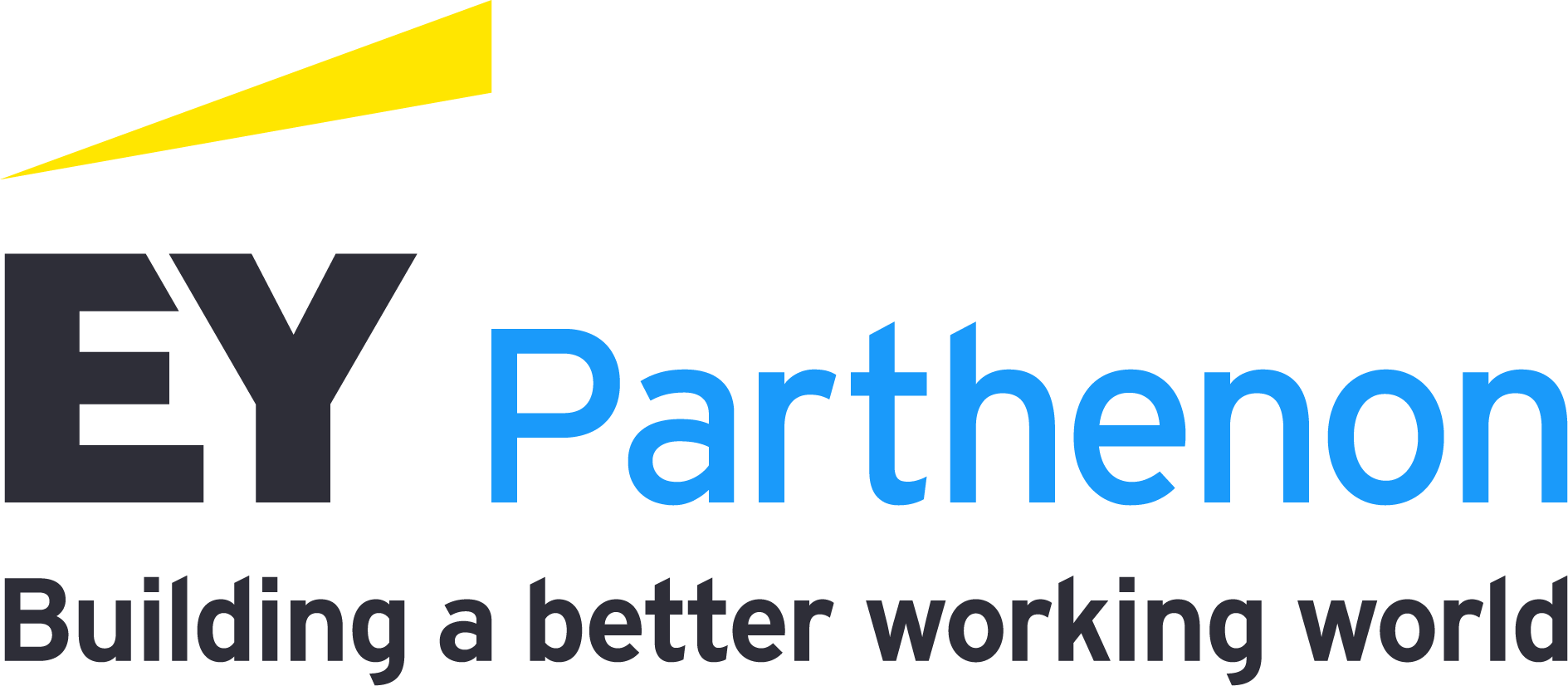Impediments to business transformation
Many companies face concerns such as the current uncertain market conditions, higher interest rates, sluggish stock market performance and illiquidity of capital flows. Further, many have yet to fully shake off the impact of the COVID-19 pandemic. Such businesses may therefore be hesitant to embark on a large-scale transformation program, which will likely require heavy investments in resources.
Yet, what these companies fail to realize is that proactiveness toward transformation during economic downturns is helpful. Investing in business transformation journeys or embarking on them earlier can set them up for success after transformation when the economy recovers and is on the upswing.
Further, initiatives such as digital transformation are typically expensive, with unclear business cases that boards may struggle to navigate. It is critical that such initiatives are combined with a cash release through cost optimization, working capital optimization and financial restructuring.
Five imperatives for successful transformations
Successful transformations are only as good as their execution, which will only be evident when the transformation plan is implemented. Here are five imperatives that will support a successful transformation program:
1. Align the CEO and board
The CEO should align with the board on the purpose of the transformation and its value for the organization. Boards that have difficulty aligning their goals and objectives with those of the CEO and other management members will stifle the company’s transformation progress.
2. Set aspirational targets and incentivize success
Research indicates the assumption that employees are more likely to buy into lower goals is a fallacy.1 It also found that in some situations, higher goals are perceived to be easier to attain but even when that is not true, employees can still find them to be more appealing. Incentives that are over and above those available in a business-as-usual setting and aligned with the objective of transformation should be put in place early on and linked to clear outcomes. According to other research, companies that introduced financial rewards tied directly to transformation targets achieved a multifold increase in TSR compared with companies lacking in similar programs.2
3. Set up execution rigor and get commitment from the top
A dedicated chief transformation officer will help maintain effective program management and governance. In addition, a weekly time commitment from the senior leadership is crucial to maintain accountability.
4. Calibrate the journey
Transformations must balance the costs with the potential upsides and find ways of taking key stakeholders along the journey through robust communication.
5. Build capabilities
Invest to improve functional, technical and leadership capabilities in the organization as well as in the right tools for employees.
There is no single transformative approach that companies should look to. Instead, transformation can be a multitude or combination of approaches that include acquisitions, digitalization or even divestments and restructuring to help optimize business value.
With the economy picking up following the pandemic, it is timely for companies to explore business transformation, unlock their full performance potential and achieve long-term value.



